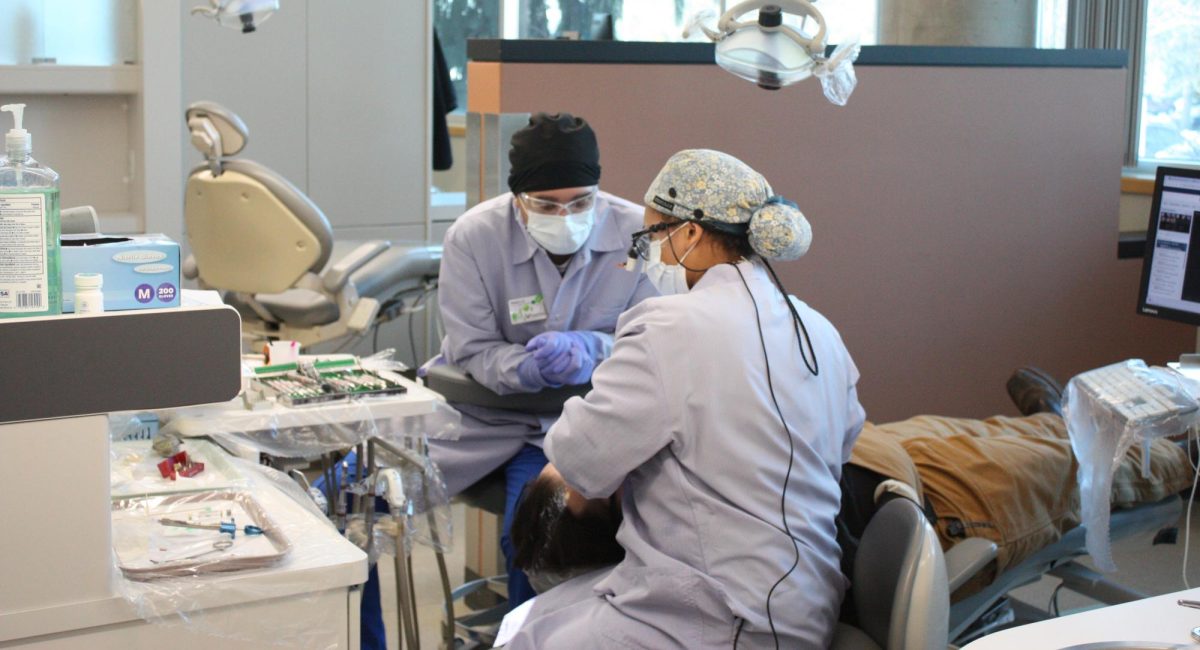Graduates saddled with loan debt have repayment options
Six-month grace period after graduation standard
May 16, 2013

The average undergraduate college student graduates with an internship under his belt, a diploma in his chosen area of study and debt — lots of student debt.
$24,301 to be exact, according to a 2012 study done by American Student Assistance.
More than 37 million Americans have outstanding student loans totaling roughly between $902 billion and $1 trillion, according to the study.
“You can never start thinking about loan repayment too soon,” said Melissa Frank, a program coordinator with Eastern’s financial aid office.
Bereniz Reyes is only a freshman, but she is already weighing her options now that she has taken out student loans.
“I just want to be more educated about loans and stuff like that because sometimes things happen and you don’t get scholarships, or you don’t get financial aid, and you need to know other options,” she said.
Federal standards mandate that each undergraduate student has an aggregate loan limit of $57,500, meaning that is the maximum amount one can borrow over a lifetime for an undergraduate degree.
Frank said it is a good idea to keep abreast of such standards.
“That [number] could change next year to a higher amount, or maybe even lower depending on how our economy works,” she said.
Frank said students getting ready to graduate should get in touch with Direct Loans, which can be done by visiting www.direct.ed.gov or by calling 1-800-848-0979.
“They’re the ones to call and say, ‘I don’t even know where to start,’” Frank said.
Students need to consider which type of repayment plan will best suit their needs, as generally graduates have a six-month grace period from the time they graduate until they must start repaying student loans.
There are a few basic repayment plans.
The standard plan has minimum payments of $50 a month for up to at least 10 years. It covers all loans, including direct subsidized and unsubsidized loans, subsidized and unsubsidized Federal Stafford loans and all Plus loans. Graduates will pay less interest over time on this plan than they would on other plans.
Another option for graduates is the graduated repayment plan, which has payments starting lower and increasing every two years.
“Through time, with the philosophy that people get better jobs through time or get raises through time, your payments might start out at $50, but you may end up at that $300 or more amount depending on your loan debt,” Frank said.
This plan covers all loans as well, but graduates will pay more over time than with the standard plan.
The income contingent plan is another option that allows graduates to pay off their debt as their income allows. Payments are calculated based on gross income, family size and total amount of Direct loans. It does not cover federal loans. Graduates will end up paying more over time than the standard 10-year plan, but if the loan is not repaid in full after 25 years of payments, the unpaid portion will be forgiven.
Direct Loans offers several other repayment plans. It is important for all students, not just soon-to-be graduates, to plan ahead and research which one will work best for them.








